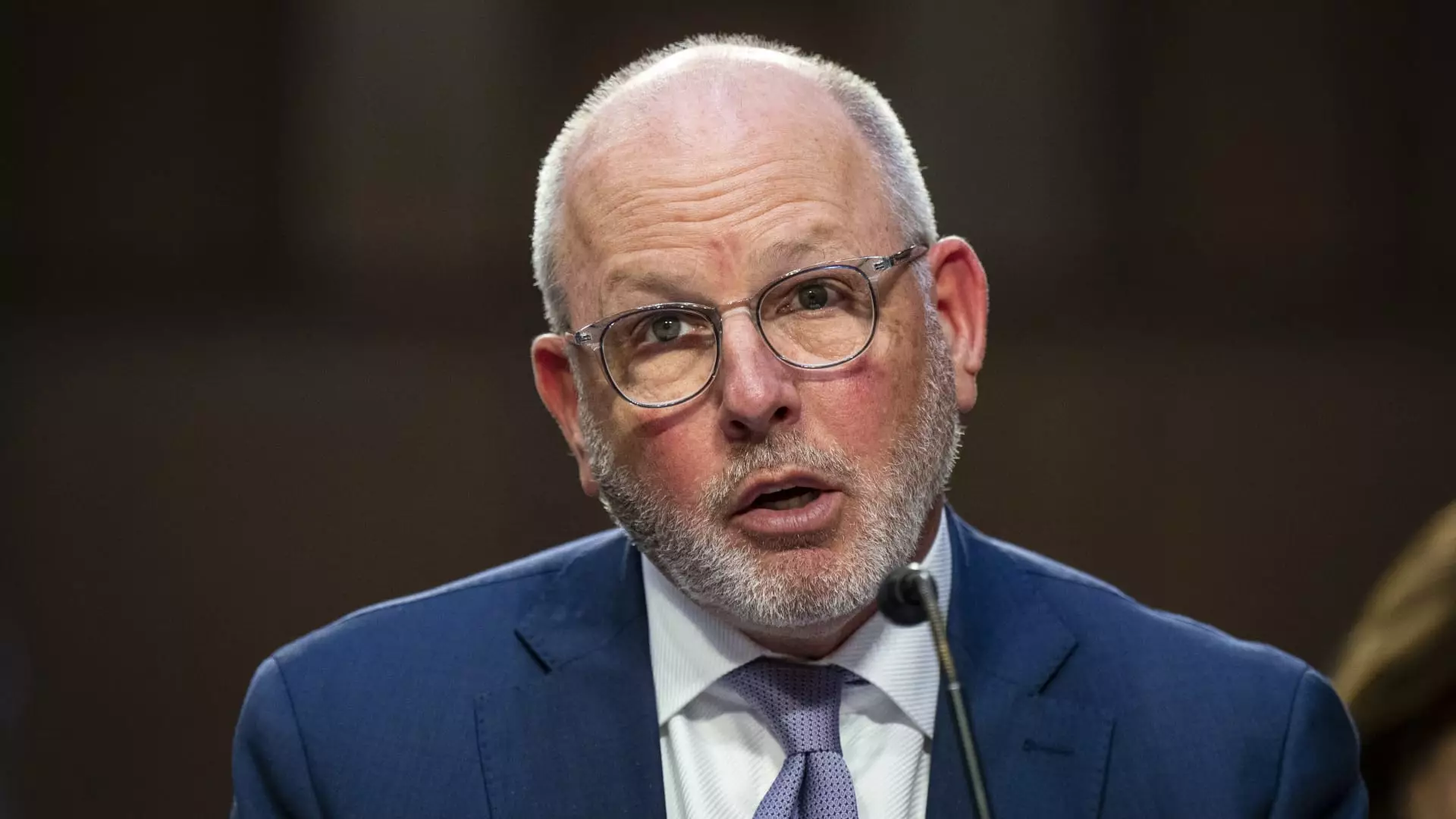The healthcare landscape in the United States is fraught with complexities, particularly concerning the role of Pharmacy Benefit Managers (PBMs). In a recent earnings call, David Joyner, CEO of CVS Health, defended his company’s Caremark unit amid ongoing allegations that these intermediaries inflate drug prices. This defense comes at a critical juncture, as stakeholders from various sectors, including lawmakers and industry leaders, scrutinize the impact of PBMs on drug pricing and accessibility.
Critics of PBMs argue that these entities create a labyrinth of costs that ultimately harm patients. They contend that PBMs negotiate rebates with drug manufacturers yet fail to pass significant savings down to consumers. Instead, they enrich themselves at the expense of those needing medication the most, raising questions about their role in the healthcare ecosystem. Joyner’s assertion that PBMs help drive down costs seems to contradict the sentiments of many, particularly as patients often report high out-of-pocket expenses—prompting a reevaluation of whether the current PBM model truly benefits the public.
During the earnings call, Joyner highlighted certain structural characteristics of the U.S. healthcare system that contribute to skyrocketing drug prices, such as an increase in patient services utilization and labor shortages. While these factors are indeed important, they do not entirely absolve PBMs from responsibility in the pricing conundrum that affects millions of Americans. The failure to transparently communicate savings to consumers raises ethical concerns about the practices of PBMs and their affiliates.
Pharmaceutical Companies and the Blame Game
In his remarks, Joyner redirected some of the scrutiny towards drug manufacturers, accusing them of monopolistic practices that stifle competition and drive up prices. He suggested that these companies contributed an alarming $21 billion in additional gross drug spending within just a few weeks of January. However, the lack of a cited source for this figure raises eyebrows about the credibility of his claims. It raises the question: is this a genuine dispute between PBMs and pharmacy manufacturers, or merely a deflection intended to protect business interests?
The complex interrelations among PBMs, manufacturers, and insurers make it challenging for patients and policymakers to untangle who is truly accountable for the high costs of prescription medications. While Joyner’s narrative positions PBMs as a necessary counterbalance, the more extensive debate calls their effectiveness into question. If PBMs are as effective as claimed in reducing drug prices, why do many still find it difficult to afford their prescriptions?
The pressure on PBMs is heating up as interest from policymakers escalates. Both state and federal lawmakers are scrutinizing these entities for their role in the pharmaceutical pricing system. The assertion that PBMs serve as protectors against manufacturer greed is becoming increasingly controversial, and has prompted investigations by bipartisan groups, such as state attorneys general and the Federal Trade Commission (FTC).
PhRMA, the lobbying group for the pharmaceutical industry, echoed these sentiments by expressing their concern about PBMs under scrutiny and stressing that the ongoing investigations reflect a growing awareness of the systemic flaws in the drug pricing model. The dialogue surrounding PBMs highlights a fundamental issue in healthcare: transparency. Without clear lines of accountability, both patients and providers face the brunt of this convoluted system.
As the debate around PBMs continues to unfold, the need for more accountability and transparency within the pharmaceutical supply chain becomes increasingly urgent. With rising healthcare costs impacting everyone from patients to employers and the federal government, significant reform may be required to ensure that the benefits claimed by PBMs are realized in the form of reduced prices for patients. The future of prescription drug pricing in America may very well depend on the outcomes of these discussions and the actions taken by lawmakers. The stakeholders involved must collaborate to redesign a system that ensures medication accessibility without compromising on quality or affordability.

